How Prince Philip Made His Mark on the Monarchy — And What It Means for the Next Generation of Royals

Prince Charles, Prince George, Prince William, Catherine, Duchess of Cambridge, Queen Elizabeth II, Prince Harry, Prince Philip and Prince Andrew look on from the balcony during the Trooping The Colour ceremony at Horse Guards Parade on June 13, 2015 in London. Photo: Samir Hussein/WireImage
With pomp and circumstance its currency, the British Royal Family are past masters of pageantry — no entity does coronations, weddings or funerals better. And Prince Philip’s send off, though small (due to COVID-19 restrictions) and scaled back (a ceremonial royal funeral instead of a state one) did not let down the side.
It began with majestic images streamed from the stunning grounds of Windsor Castle where staff, family and the military gathered in an impeccably orchestrated goodbye to the Duke of Edinburgh, patriarch of the nation and the Commonwealth’s (and history’s) longest-serving royal consort.
And, as the Land Rover that had been remodelled as his hearse encapsulated his love of driving, his humour and no fuss ethos, so did the funeral service speak to the man himself. Like Philip’s appearance, it was pure elegance in its brevity — there was no obituary or sermon. The stirring selections of music and the readings nodded to both to Philip’s search for meaning in scripture and his conservationist’s heart. As it should have — after all, he planned it all himself.
Yet the circumscribed nature of this ceremony also served to bring into sharper focus this inflection point in not just the Queen’s personal life, but also in the story of the House of Windsor itself. Its sights and sounds captured the past, reflected the present and pointed to the future of this ordinarily dysfunctional family which, in a dichotomy that too often bedevils the matter, also has the extraordinary burden of being “The Firm.” And there is no way around the bracing thought that this funeral marked the beginning of the end of this second Elizabethan age.
The instantly iconic image from the service was of a stoic Queen — bowed and black-clad — masked and alone amongst the empty pews as the strains of “God Save the Queen” swelled through St George’s Chapel. Now, at 95, her husband of 73 years and most trusted counsellor will no longer be at her side. Without the man who at her 1953 coronation swore to be her “liegeman of life and limb,” she will have to navigate the ongoing schism and scandal that has put the Crown in its most precarious position since the public turned on it in the wake of Diana, Princess of Wales’ still-shocking 1997 death.
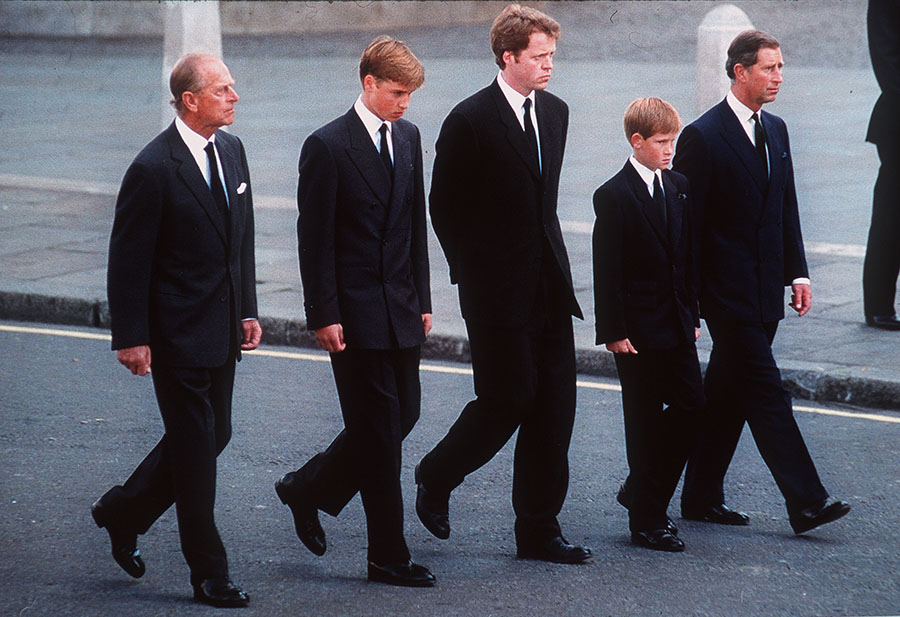
“I’ll walk if you will,“ Prince Philip told Princes William and Harry who were then just two heart-broken boys being asked to walk, as the world watched, behind their mother’s casket. With his support and accompaniment, they did (along with their father Prince Charles and their uncle, the Earl of Spencer) creating an indelible example of the fundamental royal requirement — the personal sacrifice of duty over all, even the most profound grief.
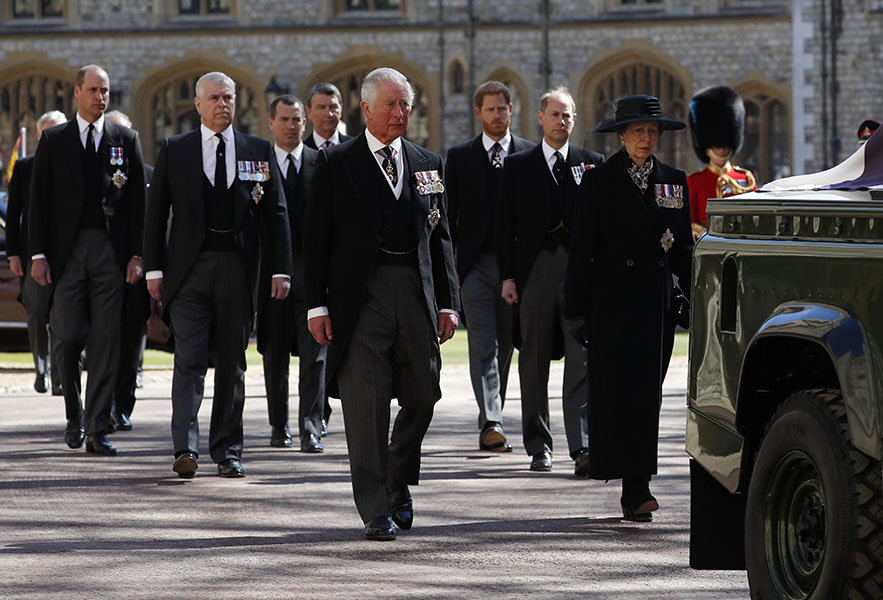
But the Wales’ boys have been warring and Philip’s abbreviated funeral cortège was the most highly anticipated and parsed royal procession since that walk from Kensington Palace to Westminster Abbey, as it would be the first time Diana’s once inseparable sons would come face to face since March of 2020 at the Commonwealth Service, Harry and his wife Meghan Markle’s last official event as senior working royals.
Then, the Cambridges and the Sussexes actively ignored each other, confirming reports that the brothers were not on speaking terms. Then there was the cascade of drama that followed the Sussexes “stepping back” and subsequent move to California (Markle was unable to travel for the funeral due to her advanced pregnancy) that escalated into an acrimonious media firestorm set off by the Sussexes’ Oprah interview as Philip lay in hospital for the last time. And although the brothers did not process shoulder to shoulder behind their mother’s coffin either, the announcement that they would not be walking together was a fraught one.
But then, amid the spectre of an implacable froideur, finally a needed moment of grace. After the service, as the family filed out of the chapel, Harry and Kate Middleton, who he once described as the big sister he never had, were seen conversing just behind William, who was talking with a member of the clergy. Then as the three began the walk from the chapel back to the castle, their body language fell into that familiar rhythm of an easy camaraderie as the savvy duchess moved to join another family member, leaving the brothers to talk and walk alone.
Was this stagecraft? Was Charles’ decision to send away the waiting cars made so the camera could seize this possibly choreographed moment? Or was it just a sublime spring day and the rebirth each one implies? Or was it the human need to reconnect amidst a sad and seismic generational shift. “We are in different paths,” Harry had said of himself and William in 2019, and it was an honour to their grandfather’s memory and grandmother’s work that they were in step, if only fleetingly, on this occasion.
The fallout from accusations and denials between the Sussexes and the palace of bullying, racism and emotional abuse has sharply polarized public opinion, leading to a resurgence in Republican sentiment in Britain and the Commonwealth, including Canada. And a truce would go a long way to calming the troubled waters around the Queen as was the smart strategic move to have members of the Royal Family wear traditional morning suits for the men and mourning dress for the women, instead of military uniform.
Roiling beneath this decision was that the only two who had actually served in combat and with distinction — Harry and Prince Andrew — would have not been allowed to don one. This lowered the temperature around Harry’s upset at being stripped of his honorary military patronages and neutralized the scandal surrounding Prince Andrew’s banishment from public life due to his entanglements in the Jeffrey Epstein scandal. That Andrew was seated closest to the Queen during the service signals that he is still in her good graces with hopes that the public would see his prominence as one of personal support between a mother and a son, rather than as that of a sovereign who must show censure to a subject.
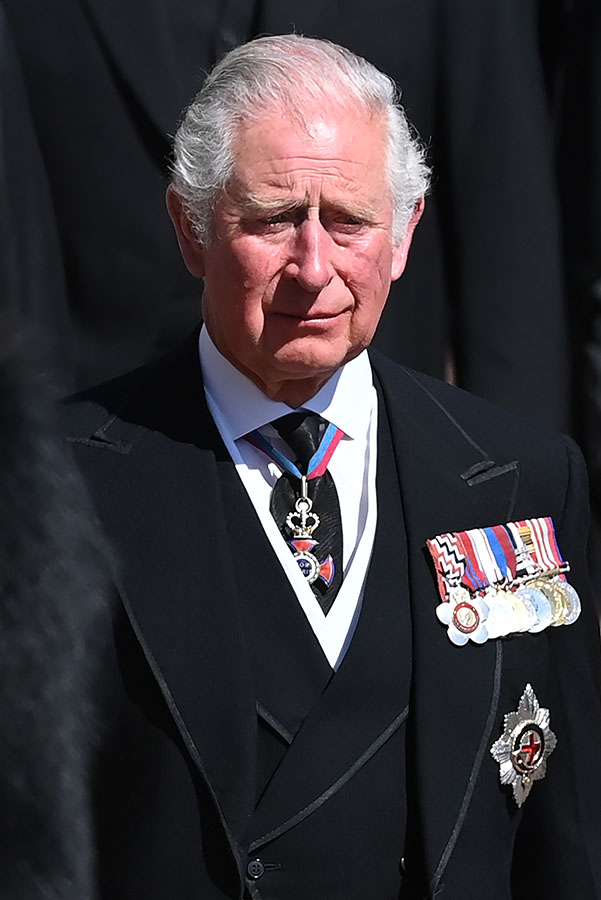
It was wrenching to see Charles, at 72, the longest waiting heir in history, with a face wreathed with emotion. The complicated relationship that the sensitive, seeker son had with his gruff, just-get-on-with-it father, who disastrously tried to toughen him up as a boy and gave him fateful romantic advice as a man, had mellowed, as things do with time. There is no doubt that Andrew will be pushed back into the shadows as even before the Epstein mess had raised its ugly head, Charles had already begun implementing his radical plan for a slimmed down monarchy
But, with the Sussexes out, Andrew benched and Philip, who had retired in 2017, now gone, there is the issue of boots on the ground to serve all the duties, appearances and patronages. As he and his generation of hard-working royals age — and William’s three children under 10 — Charles’ biggest issue in crafting a 21st century monarchy right for the times may just be personnel, and he has planned a summit to address the matter.
In his day, Prince Philip too had tried to modernize the monarchy. As the chair of Elizabeth ‘s coronation commission, he was prescient in understanding the power of new media. He lobbied hard and convinced the Queen and Prime Minister Winston Churchill that the 1953 ceremony should break with tradition and be televised. Sales of TVs skyrocketed, the global television event was born and the monarchy began its move into pop culture.
In a bid to keep the Royal Family relevant, as egalitarianism and the counterculture encroached, Philip was the impetus behind The Royal Family, a 1969 BBC documentary. Its cameras, cinéma vérité style, were allowed to capture the royals being “just like us” in attempt to humanize them as not stuffy, not stuffy at all. It was a sensation but eventually judged to be “too real” and a leech on the mystique and majesty of the crown. At the Queen’s request, it was pulled from the air in 1970 and never aired in its entirety again. (It has since been leaked and can be viewed on YouTube.)
For better or for worse, this created the idea of a more transparent monarchy and the problem of just where to draw the fine line between the public’s right to know and the veil of dignity reverberates even more so today with the younger generation of royals, especially considering that both the Sussexes and the Cambridges have, at different times, sued the press for invasion of privacy.
Also, like his father, Charles has thought to harness the young as a natural resource. In 1956, Prince Philip created the Duke of Edinburgh’s Award, a pioneering global youth programme to challenge young people “to attain standards of achievement and endeavour in a wide variety of active interests.“ Today it operates in 140 countries and will be taken over by Prince Edward, his youngest son. In 1976, Charles launched the Prince’s Trust to address the needs of vulnerable youth through training programs, mentoring and financial support. It works with up to 600,000 young people a year and operates in 13 countries. Philip’s work with conservation — he was a tireless advocate of the World Wildlife Fund — can also be seen in Charles’ early adoption of sustainability and organic farming.
But crucially for the institution’s trajectory, Charles was unable to come to terms with being overshadowed by a powerful woman the way his father did. Diana’s laser-like charisma, at once photogenic and intimate, wielded through her striking blue eyes, was irresistible and became her superpower in the above-the-fold tabloid combat with Charles. He hated it when crowds clamoured for Diana when he was the one on their side of a royal walk, yet Philip, due to the Order of Precedence, walked two paces behind the Queen for state and public occasions for their entire married life.
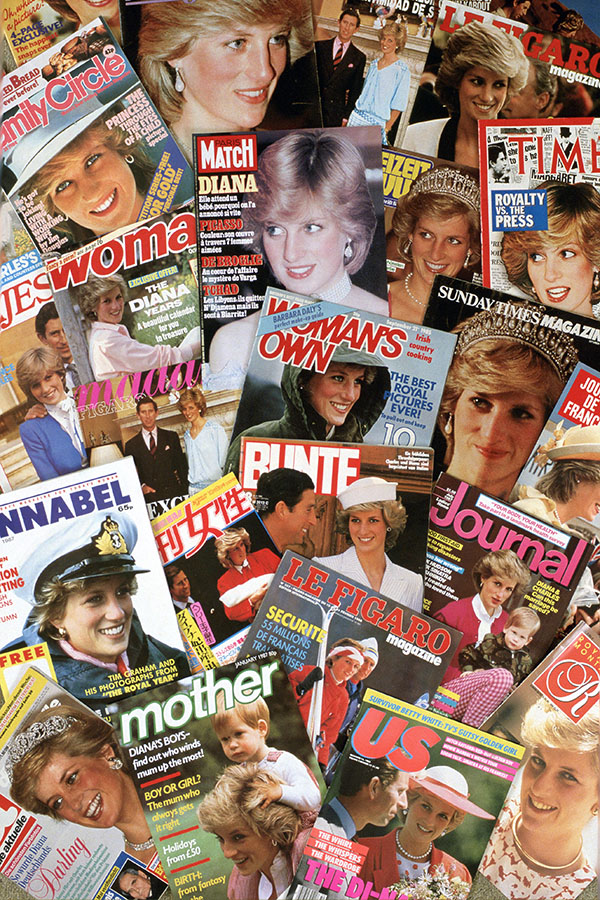
In a time before feminism, Philip gave up what promised to be a brilliant naval career — his quick thinking had saved his ship and crew from Luftwaffe bombers during the war — to support his wife after she prematurely ascended to the throne. He understood that the Queen’s power is of majesty embodied in her person as head of the Church of England and the constitutional monarchy, but he was still an alpha male with personal ambition.
“I am the only man in the country not allowed to give his name to his children. I’m nothing but a bloody amoeba,” said Philip when he tried to get the name of the House of Windsor changed to the House of Mountbatten, his surname, to no avail. In 1960, the Queen told Prime Minister Harold Macmillan that she needed to revive the issue of the family name, which “had been irritating my husband since 1952.” A compromise was eventually arrived at and, from 1960 on, it was decreed that the Queen’s descendants (other than those styled Royal Highness and titled Prince and Princess) would carry the double-barrelled name, as Harry and Meghan’s son Archie does.
During Philip’s funeral, one could imagine Harry thinking of another glorious spring day at Windsor in St George’s chapel, where he took a brilliant and accomplished biracial bride. During the ceremony, her African-American heritage of slavery and the arc of the civil rights movement was inspirationally marked in word and song. With the exchange of rings, Markle did something seismic. She integrated the continuing embodiment of the long gone British Empire, which was an enthusiastic participant in the transatlantic slave trade and the purveyor of “the white man’s burden.“ This historical phrase is gaslighting at its most insidious. Over the centuries, it was used as a justification for the commerce of colonialism rooted in the belief of white privilege and supremacy and that Black and brown people were better off being “Christianized and civilized.”
In 1926, when the Commonwealth was created, the British Empire still controlled 25 per cent of the world’s population, with 70 countries still under its control when the Queen began her reign in 1952. Up until he retired in 2017, Philip ‘s litany of racist non sequiturs marred many a plaque unveiling. They should not simply be written off as gaffes but seen as what they actually were — relics of that history whose harmful effects lives on even now. Today, there are 54 countries in the Commonwealth, and the Queen remains head of state to 15, with populations that are mostly Black and brown.
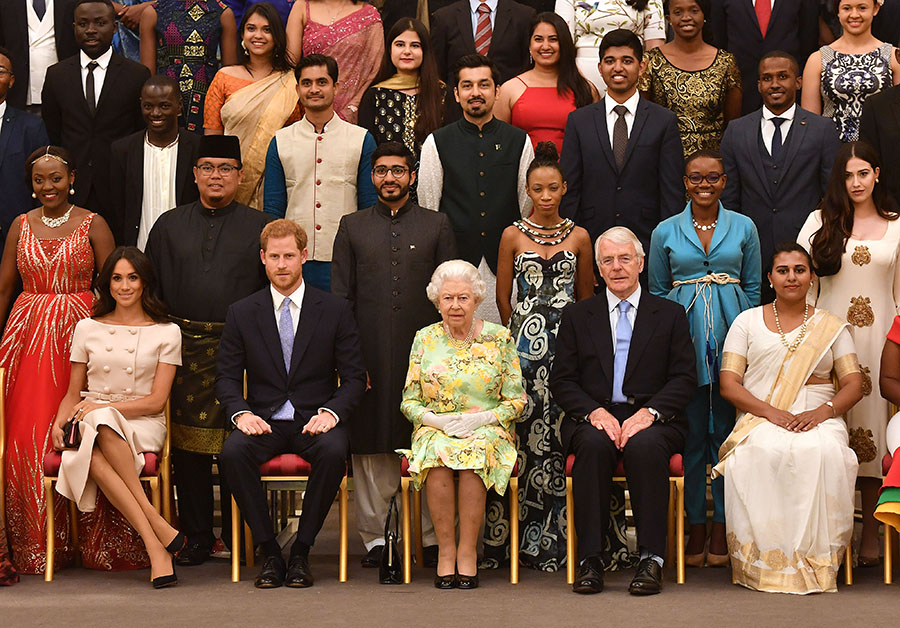
Markle, who in her short time as a working royal was appointed vice president of The Queen’s Commonwealth Trust, managed to leave a powerful and lasting legacy. During a 2019 royal tour of South Africa, she a told a group of women and girls that: “while I am here with my husband as a member of the Royal Family, I want you to know that for me, I am here with you as a mother, as a wife, as a woman, as a woman of colour and as your sister.” It was the first time the obvious underlying tension between race and royalty was acknowledged by a royal with the message that the Crown could represent all.
In 2020, after leaving “The Firm,” Harry was criticized by traditionalists when, in a phone call with young Commonwealth leaders who had spoken of institutional racism as the vestiges of colonialism and slavery, he responded that to combat it there “is no way to move forward, until we acknowledge the past.”
This is a cue that King Charles would be wise to take from his prodigal son. To build on his mother’s worthy work of holding the Commonwealth together, Charles should take it that step further. It is fitting, for this new day requires universal truth and reconciliation. This will help shore up enthusiasm for his upcoming reign, especially with the young of all races who, as a generation, have adopted an open, activist spirit.
In fact, Charles’ chronic lack of popularity compared to that of his mother and to his heir William (with his picturesque young family and his dignified and dutiful Queen-in-Waiting), is the spectre that looms over his future. Both British and Commonwealth polls consistently show a decided lack of enthusiasm for him on the throne. And of course, there is the Camilla perception problem. The former “other woman” is now well ensconced as the respected Duchess of Cornwall, but she will never be known as Charles’ Queen. Awkwardly, the title “Princess Consort” was created just for her for when he ascends, but it serves only to shine a light on those corrosive “there were three of us in this marriage, so it was a bit crowded” days.
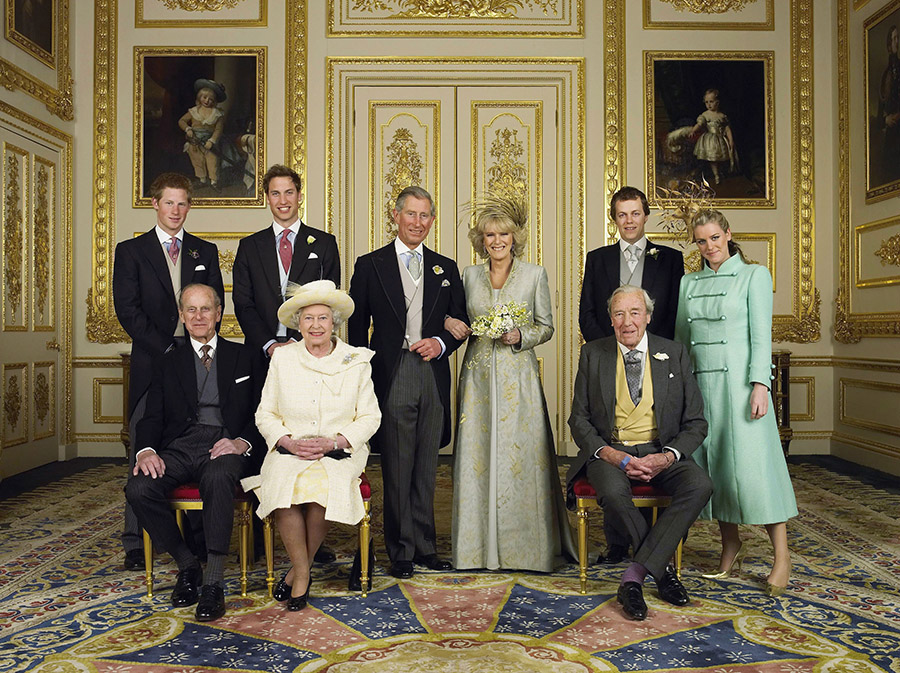
But Charles can take heart that public opinion does change. It was 1992, the year the Queen famously dubbed her “annus horribilis,” that he and Diana formerly separated and both the marriages of Prince Anne and Prince Andrew ended in divorce and scandal. This was a dangerous fraying of the unspoken contract between the crown and it subjects, as the Royal Family is meant to be a model of rectitude and above moral reproach.
And then Windsor Castle burned down. Rather than engendering sympathy for the Queen who looked small, powerless and distraught outside the pile, the sight of priceless artefacts and Old-Master paintings being brought out reminded the public just how wealthy the Queen personally was. Enraged, the public balked at the price tag to restore the castle and forced the Queen to succumb to prevailing sentiment. Buckingham Palace was opened to public tours to help cover the costs and the Queen was pressured into finally beginning to pay income tax.
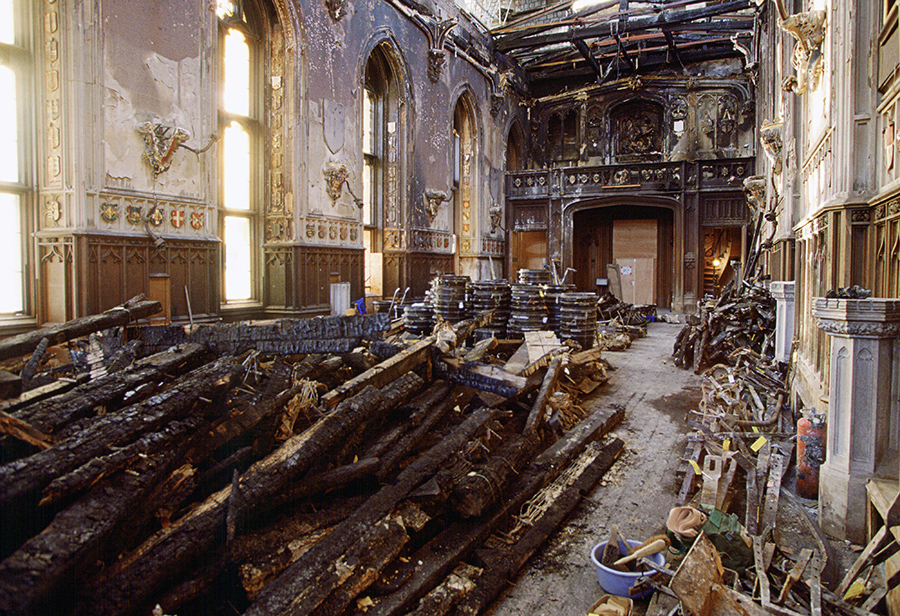
So there was already dissatisfaction with the Queen and the Royal Family’s performance with the public when the backlash to her response to Diana’s death pushed it to its nadir. But the Queen adjusted what she needed to and steadied herself and her family. She simply continued to do the work as duty and time marched inexorably on, flattening all before it.
Then in 2002, the two people who had been closest to her, apart from Philip, her sister Princess Margaret and the Queen Mother, Elizabeth, died within months of each other and images of a Queen in mourning at two such body blows brought about a thawing of sentiment. The Golden Jubilee celebration of her 50 years on the throne that summer was an unexpected triumph of joyous, appreciative crowds and the Queen’s popularity has continued to soar year after year since. She has morphed into monarch as the world’s cherished grandmother.
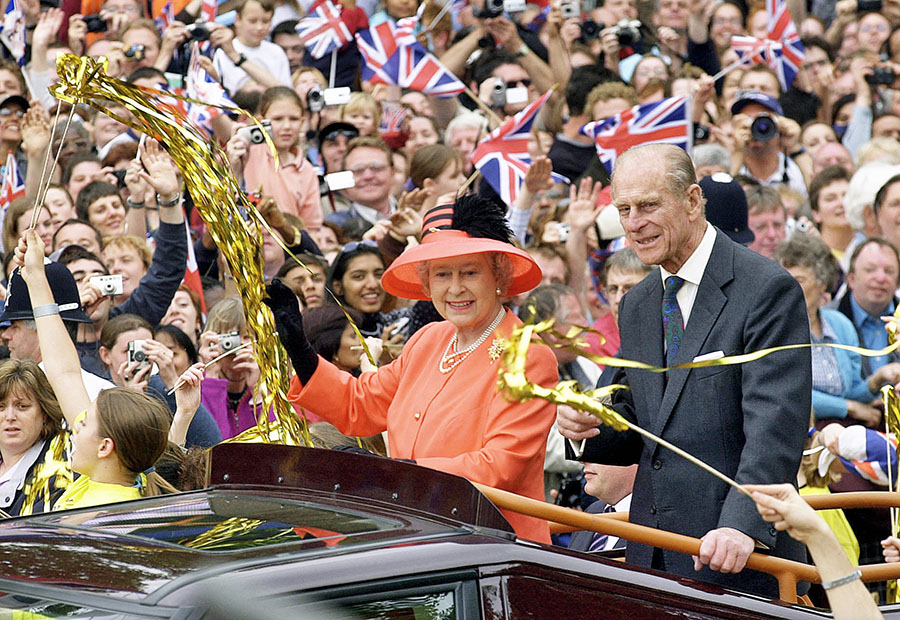
But the steely head of state remains, as her leadership during the pandemic proved. With a speech evoking wartime sacrifice and mettle that only she could have made, the Queen saved the day while her prime minister, stricken by the virus, lay at death’s door. And as her children, grandchildren and even great-grandchildren fanned out across Britain, virtually and in-person to volunteer, support, thank, motivate and inspire in her name, the country can see the benefit of having a Royal Family to rally around. One can only hope that her example will endure.
The pragmatic Queen, who has always put the crown first, would not think it too macabre to hope that Charles’ palpable grief at his “dear papa’s” death will translate into a similar sympathy bump the Queen received those 19 years ago. After all, he will now have to take on his father’s role as her “strength and stay.” As she has been so eternal, it is almost impossible to imagine that day when “London Bridge is Down,” the code phrase for the Queen’s passing.
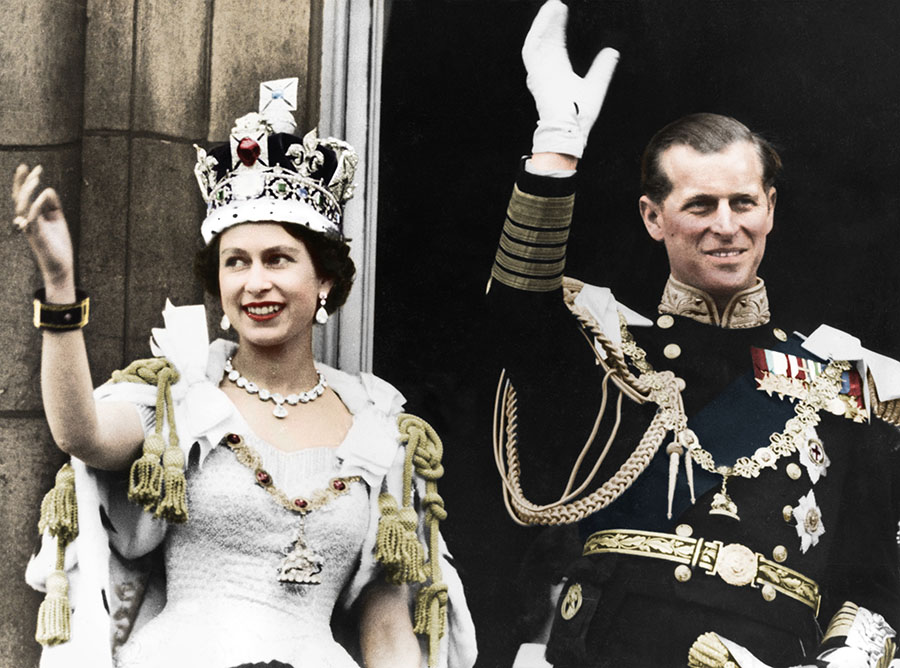
We know it will not be as long as the 40 years that Queen Victoria lived on in mourning, always wearing the black she decreed as its colour, after the love of her life, Prince Albert, died. For those who have faith as the Queen does, this is only a temporal and temporary separation from Philip and his “Lilibet,” the childhood nickname with which she signed the card on his casket. It is how he would have first known her, the 13-year-old princess who fell in love at first sight with the handsome, exiled 18-year-old prince. And until they meet again, we can only agree with what Thomas Woodcock, Garter Principal King of Arms, said during the funeral when he wished Her Majesty, “Long life, health and honour and all worldly happiness.”
Suzanne Boyd is Editor-in-Chief and Publisher of Zoomer magazine and everythingzoomer.com
RELATED:
Gallery: Prince Philip, The Duke of Edinburgh’s Remarkable Life in Pictures